Abstract art has fascinated viewers and creators for over a century, not only through its unique aesthetic but also because of the complex ways it engages the human brain. Unlike representational art which depicts familiar objects and scenes, abstract art relies on colors, shapes, lines, and textures to provoke thought and emotion. This unique engagement activates specific neural pathways whether we are observing it or creating it. Recent scientific studies have shed light on these processes, providing valuable insights into how our brains interact with abstraction.
The Viewer’s Brain: Engaging with Abstract Art
When we view abstract art, the brain doesnt rely on familiar patterns or object recognition. Instead, it activates the default mode network (DMN), a system of interconnected brain regions associated with introspection, imagination, and self-referential thinking. This allows the viewer to interpret abstract art in a highly personal and subjective way.
Neural Mechanisms at Play:
Visual Processing: The occipital lobe is stimulated as the eye scans the artwork, analyzing shapes, colors, and contrasts.
Emotional Response: The amygdala, a region associated with emotions, responds to colors and patterns that evoke feelings like calm, tension, or joy.
MeaningMaking: The prefrontal cortex works to assign meaning to the abstract forms, often tapping into memory and imagination.
A study published in Frontiers in Human Neuroscience (2014) found that abstract art enhances creative thinking by reducing the dominance of the brain’s object-recognition system. This “freedom” from structured interpretation allows the brain to wander and form new neural connections, fostering creativity and emotional engagement.
The Creator’s Brain: Abstract Art as a Cognitive Workout
Creating abstract art involves a dynamic interplay between motor functions, emotional expression, and problem-solving skills. Artists engage both hemispheres of the brain as they balance intuitive gestures with deliberate decisions.
Key Brain Areas Activated:
Motor Cortex: Guides hand movements and brush strokes particularly in techniques like automatism.
Limbic System: Fuels emotional expression, as artists translate internal feelings into visual forms.
Prefrontal Cortex: Oversees planning and compositional choices, such as color harmony and spatial balance.
A study conducted by The American Journal of Play (2016) highlighted that creating abstract art strengthens neural plasticity, the brain’s ability to form and reorganize synaptic connections. This effect are particularly pronounced in activities like automatism, where spontaneous, subconscious gestures dominate, allowing the brain to explore new patterns of thinking.
Mirror Neurons and Shared Experience
An intriguing aspect of abstract art is the role of mirror neurons, brain cells that fire both when we perform an action and when we observe someone else performing it. When viewers engage with abstract art, especially pieces with visible, expressive gestures, they may subconsciously “mirror” the artist’s movements and emotions. This creates a sense of shared experience, even if the artwork’s meaning remains elusive.
Art, Neuroscience, and Well-being
Both viewing and creating abstract art have therapeutic benefits, supported by neuroscience:
Stress Reduction: A 2018 study in Art Therapy showed that both activities lower cortisol levels, the hormone associated with stress.
Improved Focus: Abstract art challenges the brain to interpret ambiguity enhancing cognitive flexibility and focus.
Emotional Release: Creating art allows for non-verbal expression, offering an outlet for emotions that may be difficult to articulate.
Conclusion
Abstract art is more than a visual experience; is a profound dialogue between the artwork and the brain. Whether we are viewing it or creating it, abstract art stimulates neural pathways that enhance creativity, emotional understanding, and cognitive flexibility. As neuroscience continues to explore this intersection, we gain a deeper appreciation of how art enriches the human experience.
References and Further Reading:
- Zeki, S. (1999). Inner Vision: An Exploration of Art and the Brain. Oxford University Press.
- Vessel, E. A., Starr, G. G., & Rubin, N. (2012). “The Brain on Art: Intense Aesthetic Experience Activates the Default Mode Network.” Frontiers in Human Neuroscience.
- Kaimal, G., Ray, K., & Muniz, J. (2016). “Reduction of Cortisol Levels and Participants’ Responses Following Art Making.” Art Therapy: Journal of the American Art Therapy Association.
- Basting, A. D. (2018). Artful Aging: How Creativity Sparks Vitality and Transforms Lives. University of Minnesota Press.
Feel free to explore these resources for a deeper dive into the fascinating relationship between art and neuroscience.

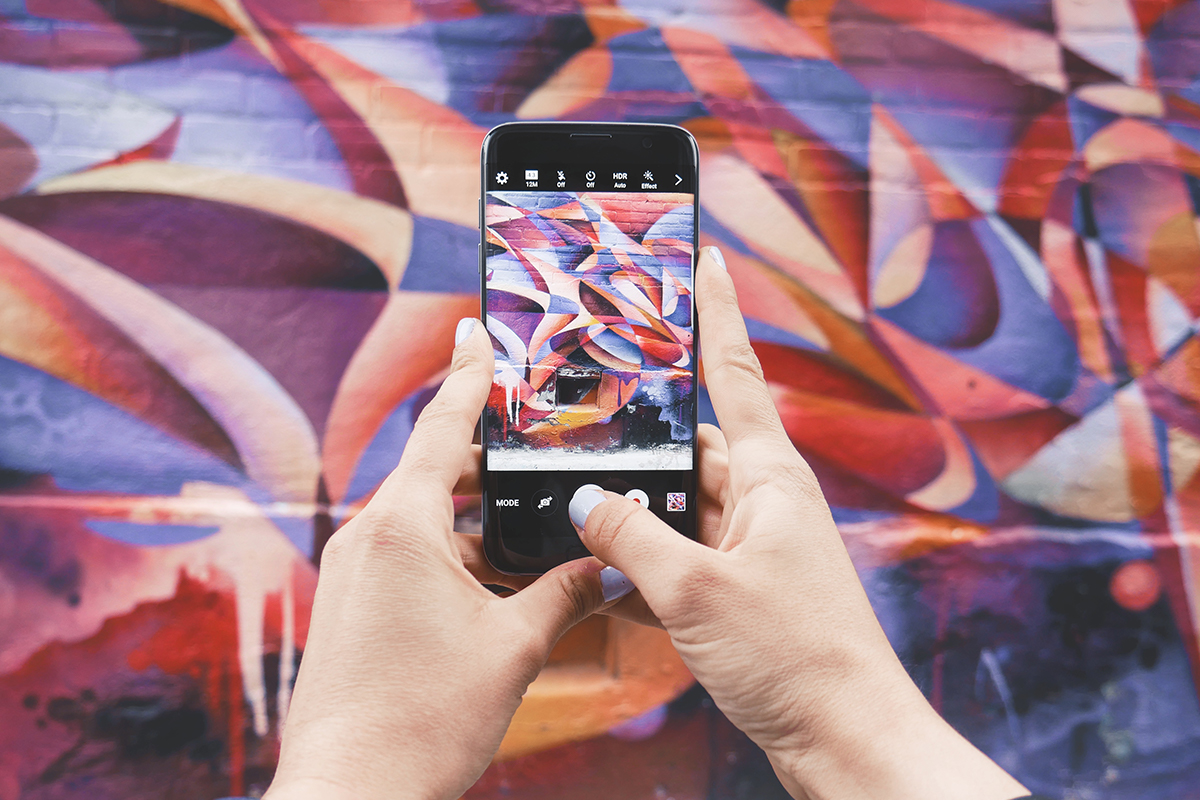
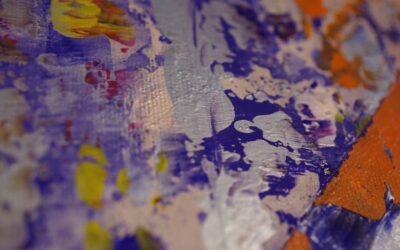
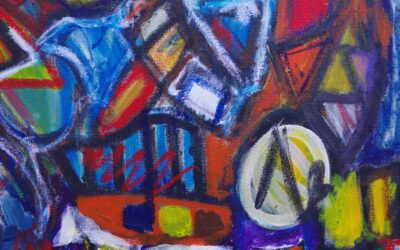
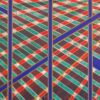
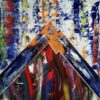
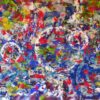
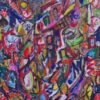
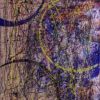
0 Comments